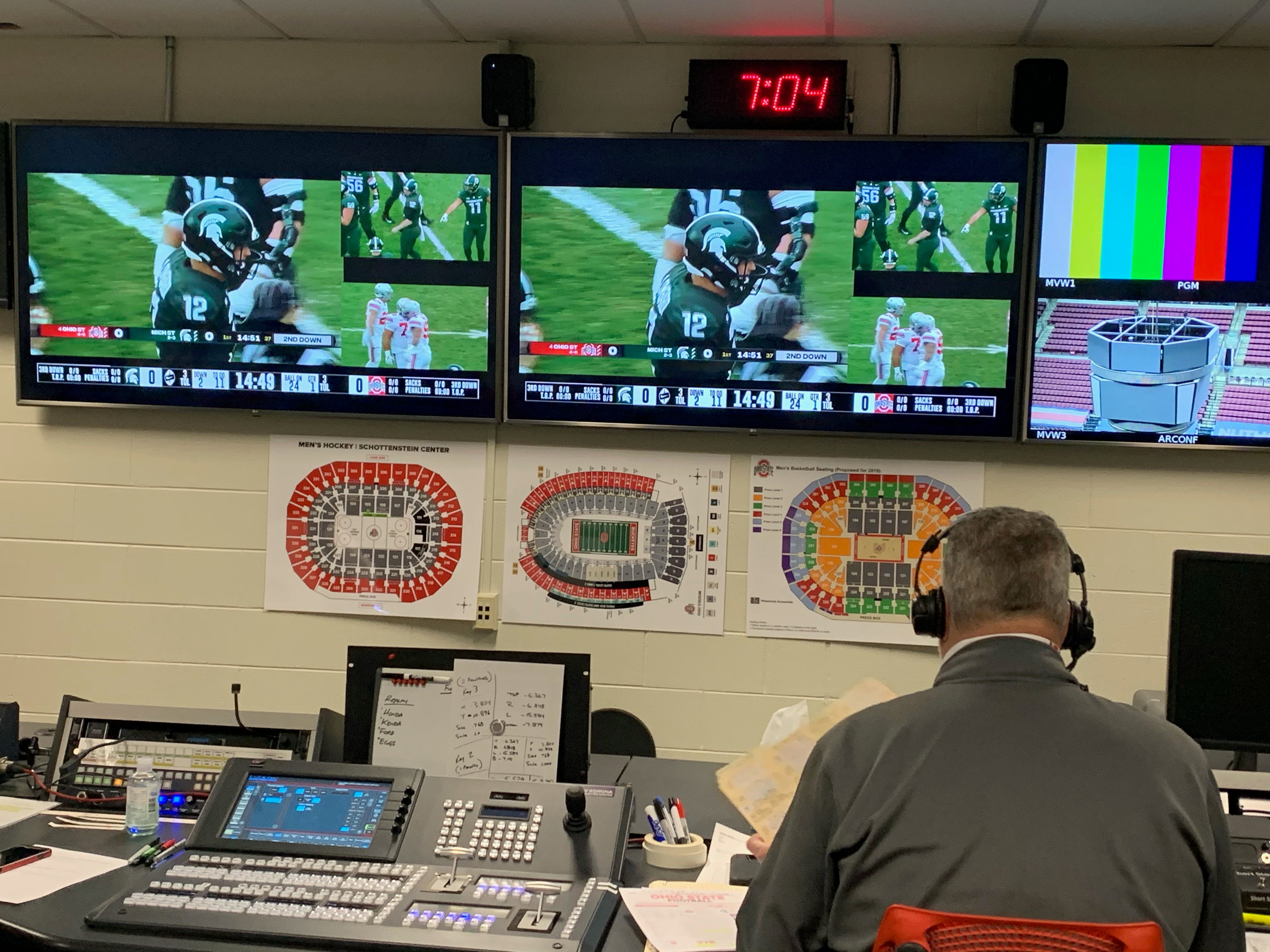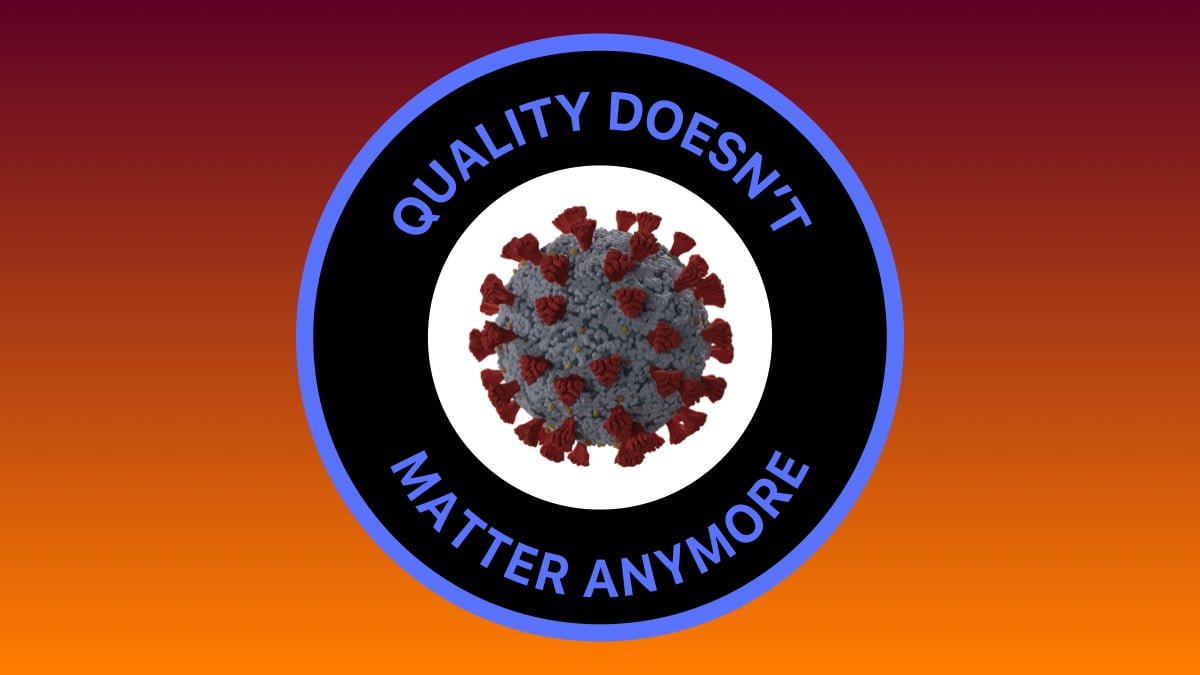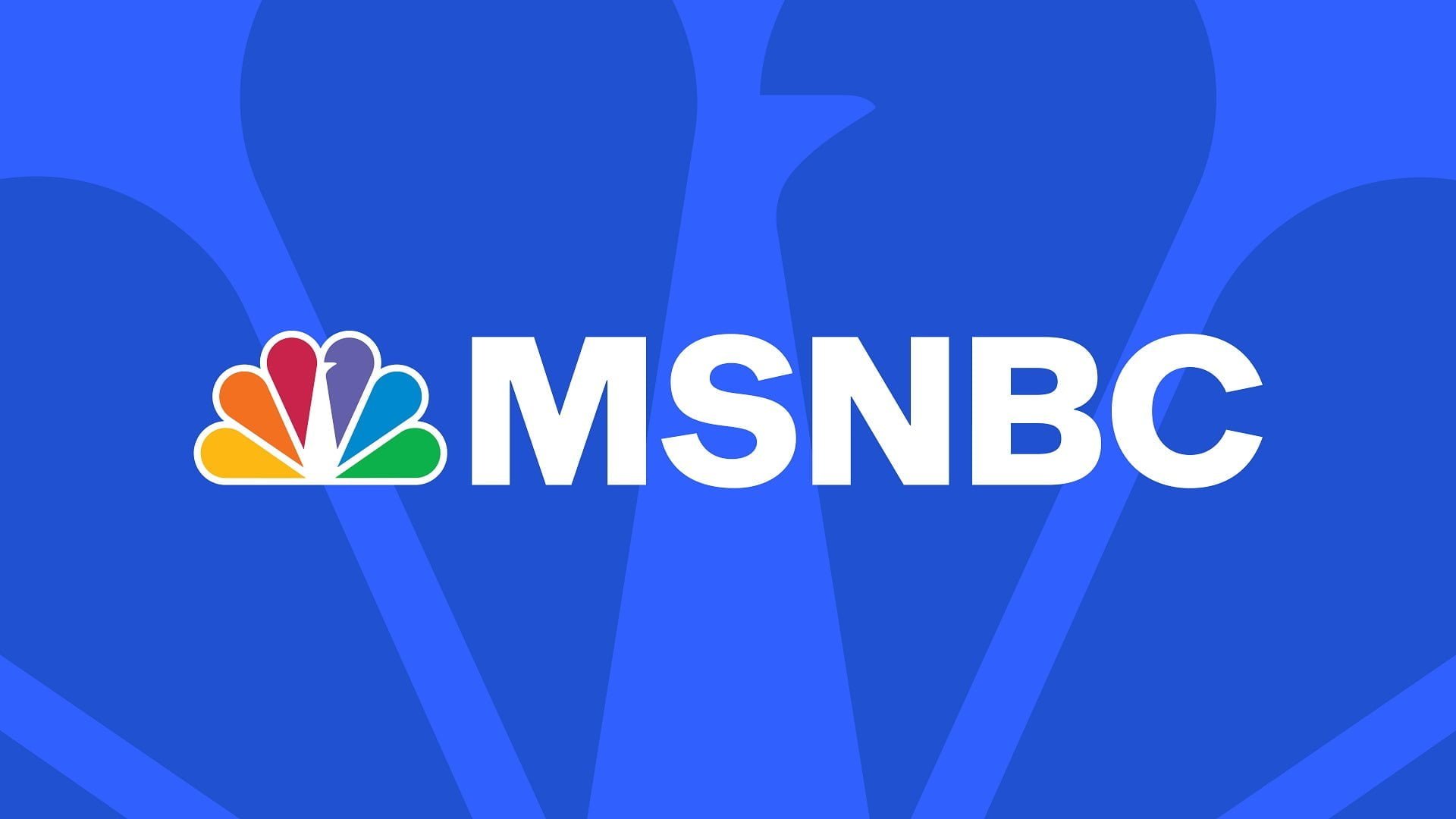I was probably four hours deep into my all-day football binge on Saturday when I started to think about the overall quality of what I was seeing. This isn’t a column about whether college football is secretly better than the NFL. This is about our industry.
While you may not notice a difference in the presentation on CBS’s top line SEC broadcast or on FOX’s Big Noon Saturday game, it is clear how few resources are being allocated to some of the games further down the networks’ priority list. ESPN doesn’t even send live broadcasters to its Thursday night college football game for instance.

Covid-19 was the beginning of this. It forced every business in the broadcast industry to re-evaluate budgets and figure out how to do games when travel and the traditional set up of broadcast booths simply were not on the table.
This isn’t a problem limited to game coverage either. Plenty of hosts still are not back in their radio studio. Plenty of guests on ESPN’s and FS1’s mid day debate shows are still appearing via Skype and Zoom connections. It is as if we have started counting on our audience not expecting quality any more.
I want to be perfectly clear. I get that this pandemic isn’t over. I get that in many cases, networks and stations are trying to avoid overcrowding studios and in some cases, make accommodations for top-level talent that refuse to get vaccinated. “It’s survival mode,” is the answer from corporate.
Do we still need to be in survival mode though? We are 18 months into this pandemic. The majority of Americans are vaccinated. The ones who aren’t are actively making a choice not to do what they need to in order to put on the best possible show they can.
I am sick of hearing lag and noticeably different levels of soundproofing between two hosts on the same show. I am sick of seeing hosts on crystal clear HD cameras in a high tech studio talk to someone on a dirty webcam that can’t be bothered to even put in headphones so they don’t sound like they are shouting down a hallway.
A good example is the late Highly Questionable. I really liked that show when it was done in studio. I liked a lot of the ESPN talent that popped up on the show even after Dan Le Batard left. I couldn’t watch any more of the show than the two minute clips that would show up on Twitter. I didn’t want to see Bomani Jones behind a giant podcast mic. The low res camera that turned Mina Kimes’s house plant into a green blob gave me a headache. The complete disregard for quality made a decent show hard to watch.

There was a time when the accommodations we made for Covid-19 were totally necessary. Bosses and broadcasters did whatever they had to to get a show or a game on the air. At this point, I am starting to wonder how much of the concessions are necessary and how much are the result of executives that “good enough” is the new standard.
It is totally reasonable to argue that in an age where microphones and editing software are cheap, slick production doesn’t carry the weight it once did. That is true for the podcasters and TikTokers that are creating content in spare bedrooms and home offices. If you’re ESPN or FOX or SirusXM, that slick production is what sells the idea that your content is better than what people can make at home on their own.
It’s soundproof studios, 4K cameras and futuristic graphics packages that make the standard setters in the industry special. Maybe your average Joe Six-Pack can’t put it into words. He just knows that a lot of home-produced content sounds and looks like play time compared to what he sees or hears on a network.
Sure, the anchors are the signature of SportsCenter’s heyday, but it was the stage managers, producers, and other behind-the-scenes staff doing their jobs that really made the show thrive. Those people cost money. The details they took care of may be something 90% of viewers will never notice. They will just know that they are watching a really good show. Those difference makers cannot do their jobs to the best of their abilities if everyone is being piped in from a different FaceTime feed.
In the early days of the Covid-19 pandemic we did whatever we had to. As broadcasters, we made compromises. As an audience, we accepted compromises. We were desperate for familiar entertainment and if Zoom is what it took to get it, that was just fine. There was no cure, no vaccine, things were scary and we were all anxious not knowing how long it would all last.

More than 18 months later, things may not be back to normal, but we are considerably less desperate. There are signs of normalcy in the world. Make the commitment to bring back the standard that won you so many fans in the first place.

Demetri Ravanos is a columnist and features writer for Barrett Media. He is also the creator of The Sports Podcast Festival, and a previous host on the Chewing Clock and Media Noise podcasts. He occasionally fills in on stations across the Carolinas in addition to hosting Panthers and College Football podcasts. His radio resume includes stops at WAVH and WZEW in Mobile, AL, WBPT in Birmingham, AL and WBBB, WPTK and WDNC in Raleigh, NC.
You can find him on Twitter @DemetriRavanos or reach him by email at DemetriTheGreek@gmail.com.








